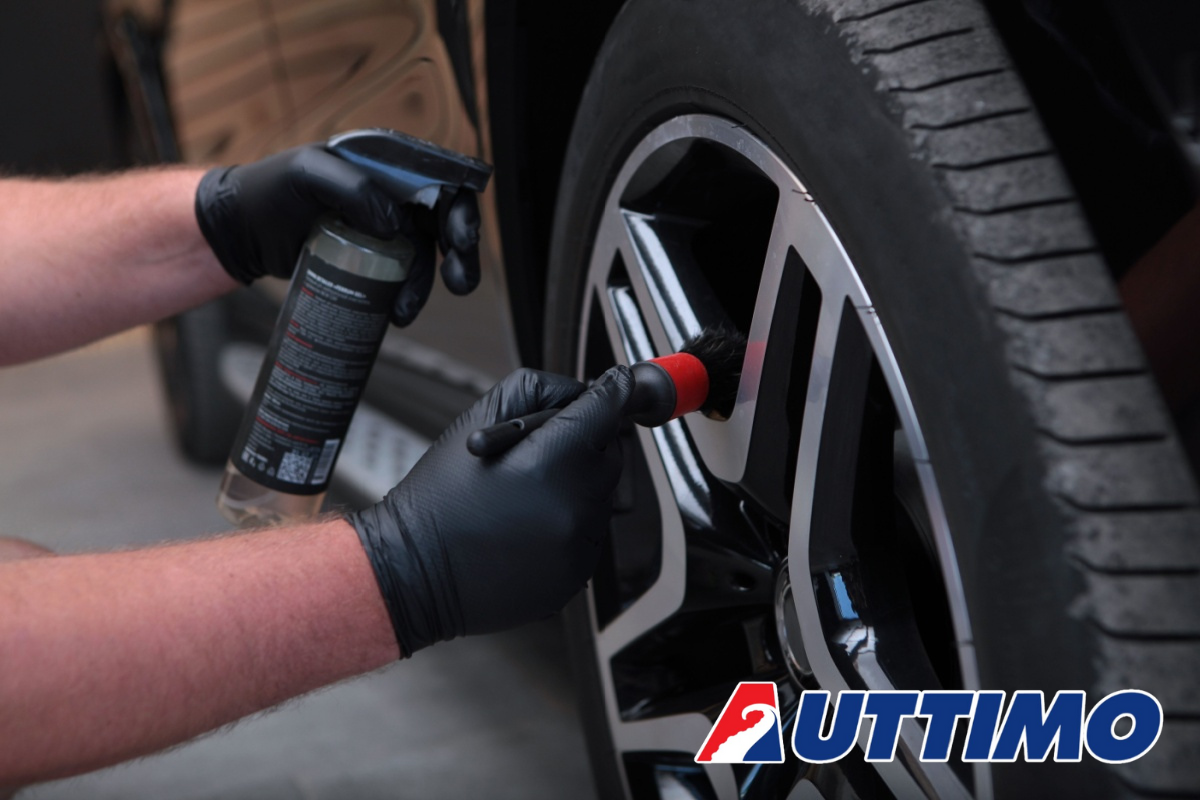Determining the right pricing structure for your car detailing services is crucial for the success and profitability of your business. Setting competitive and fair prices requires careful consideration of various factors, including costs, market demand, competition, and perceived value. In this article, we will provide you with a step-by-step guide on how to set prices for your car detailing services effectively.

Evaluate Your Costs
Evaluate Your Costs
Begin by assessing the costs associated with your car detailing business. Consider both direct costs (such as supplies, equipment, and chemicals) and indirect costs (such as rent, utilities, insurance, and marketing expenses). Calculate how much it costs you to provide a comprehensive detailing service, factoring in the time, labor, and overhead expenses involved. Understanding your costs is essential to ensure that your prices cover expenses and generate a reasonable profit margin.
Research the Market
Conduct thorough market research to gain insights into the pricing landscape for car detailing services in your area. Evaluate your competitors’ pricing structures, taking note of the services they offer, the quality of their work, and their target market. While it’s important to be competitive, avoid undercutting prices significantly, as it can devalue your services and make it challenging to sustain profitability in the long run.

Consider Your Unique Value Proposition
Consider Your Unique Value Proposition
Identify your unique selling points and consider the value you provide to your customers. Do you specialize in a particular type of detailing service? Do you use premium products or offer additional perks like pickup and delivery? Assess how these factors differentiate you from the competition and warrant a higher price point. Highlighting your unique value proposition will justify your prices and attract customers who appreciate the quality and expertise you offer.
Determine Pricing Strategies
There are various pricing strategies you can employ for your car detailing services. Here are a few common approaches:
Flat Rate
Set fixed prices for specific detailing packages based on the type of vehicle (sedan, SUV, luxury) and the level of service provided (basic, standard, premium).
Hourly Rate
Charge an hourly rate for more customized or specialized services that may vary based on the condition of the vehicle or specific customer requests.
A La Carte Pricing
Break down your services into individual components (interior cleaning, exterior polishing, paint correction, etc.) and assign prices to each service, allowing customers to choose the services they need.

Create Pricing Tiers
Create Pricing Tiers
To cater to a diverse range of customers and budget preferences, consider creating pricing tiers. Offer different levels of service packages at varying price points, each with its own set of features and inclusions. This allows customers to choose the package that best suits their needs and budget while still generating revenue for your business.
Factor in Profitability and Market Demand
While it’s essential to remain competitive, ensure that your prices reflect the profitability you desire. Take into account the level of demand for your services in your target market. If you operate in a high-end area with a clientele willing to pay a premium for quality, you may be able to set higher prices. Conversely, if you are targeting a more price-sensitive market, you may need to adjust your prices accordingly.

Monitor and Adjust Pricing
Monitor and Adjust Pricing
Setting prices for your car detailing services is not a one-time task. Regularly evaluate your pricing structure and monitor its impact on your business. Consider customer feedback, track your sales and profitability, and make adjustments as needed. As your business evolves and grows, you may need to modify your prices to remain competitive and maintain profitability.
Setting prices for your car detailing services requires a balanced approach that considers your costs, market demand, competition, and the value you provide. By evaluating these factors and employing effective pricing strategies, you can establish a pricing structure that is both competitive and profitable. Regularly monitor your prices, adjust when necessary, and continue to deliver exceptional quality and service to attract and retain satisfied customers.



